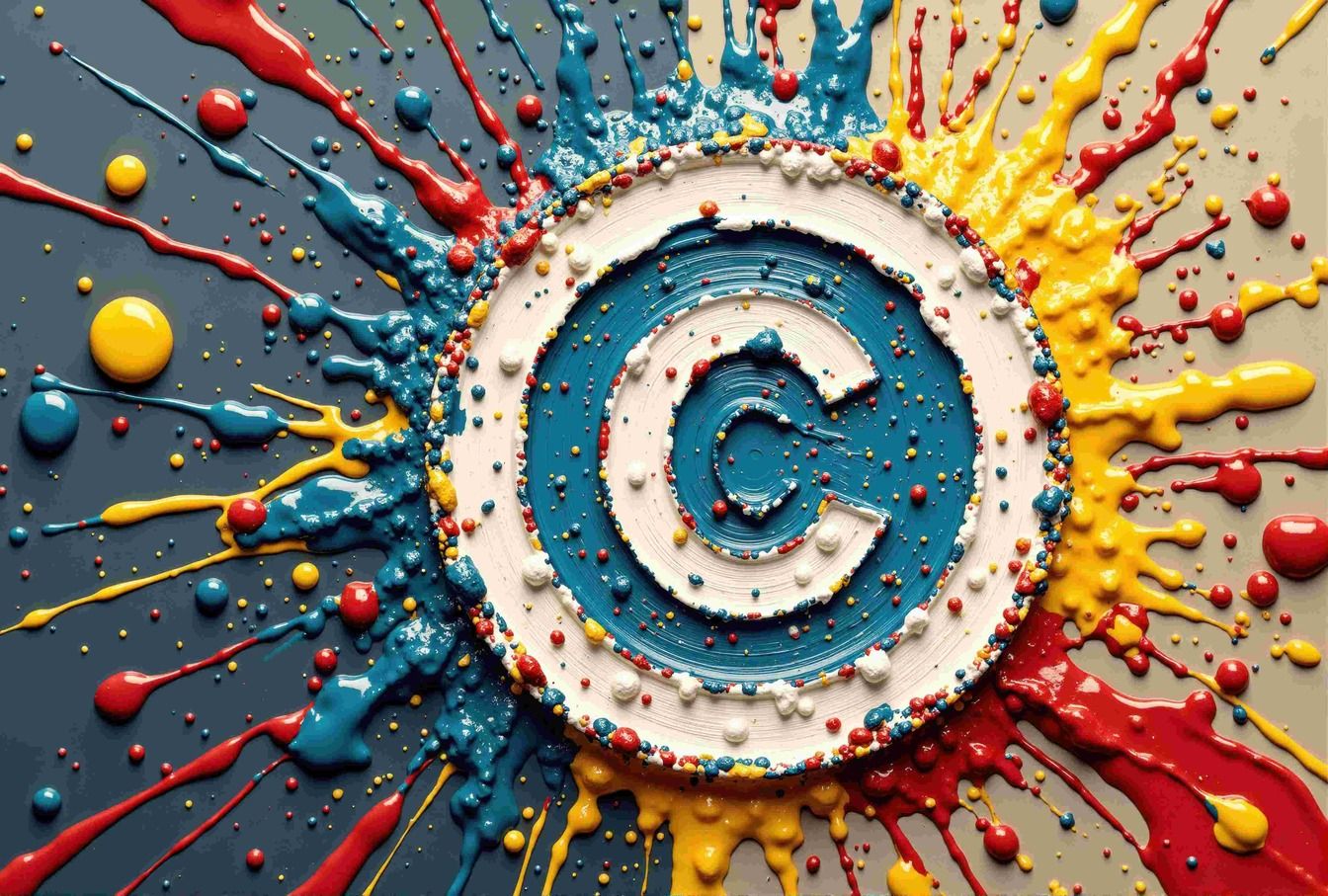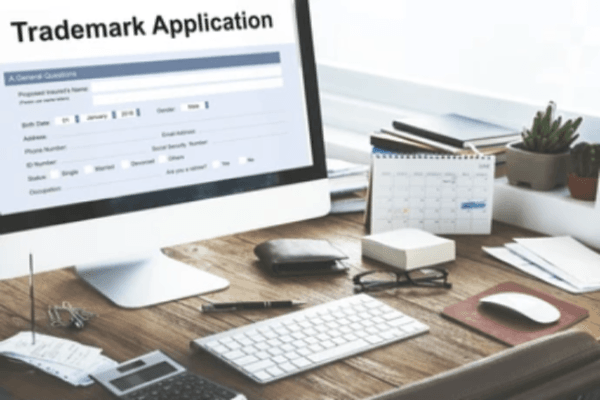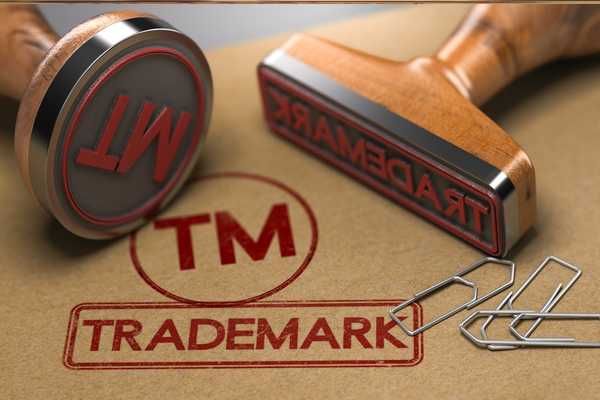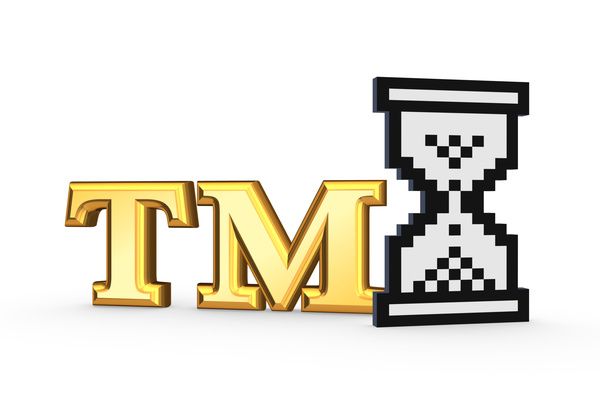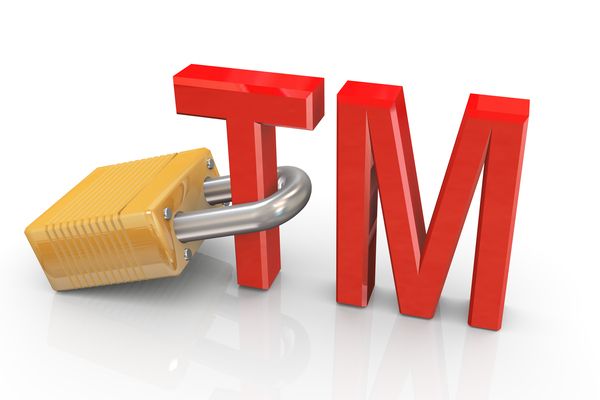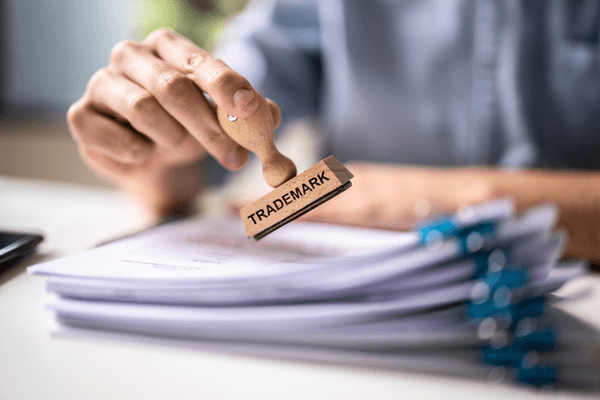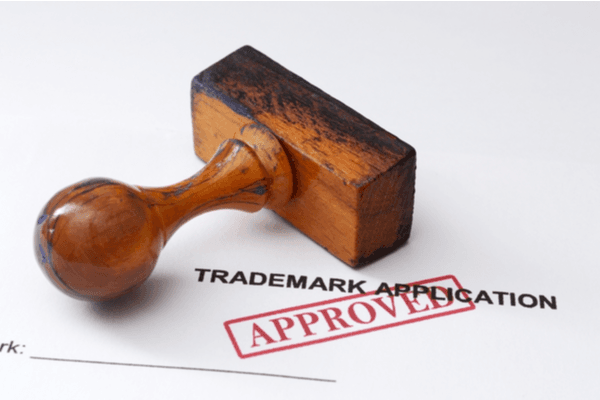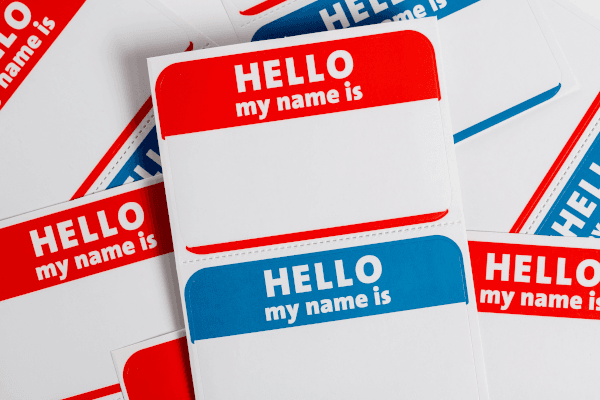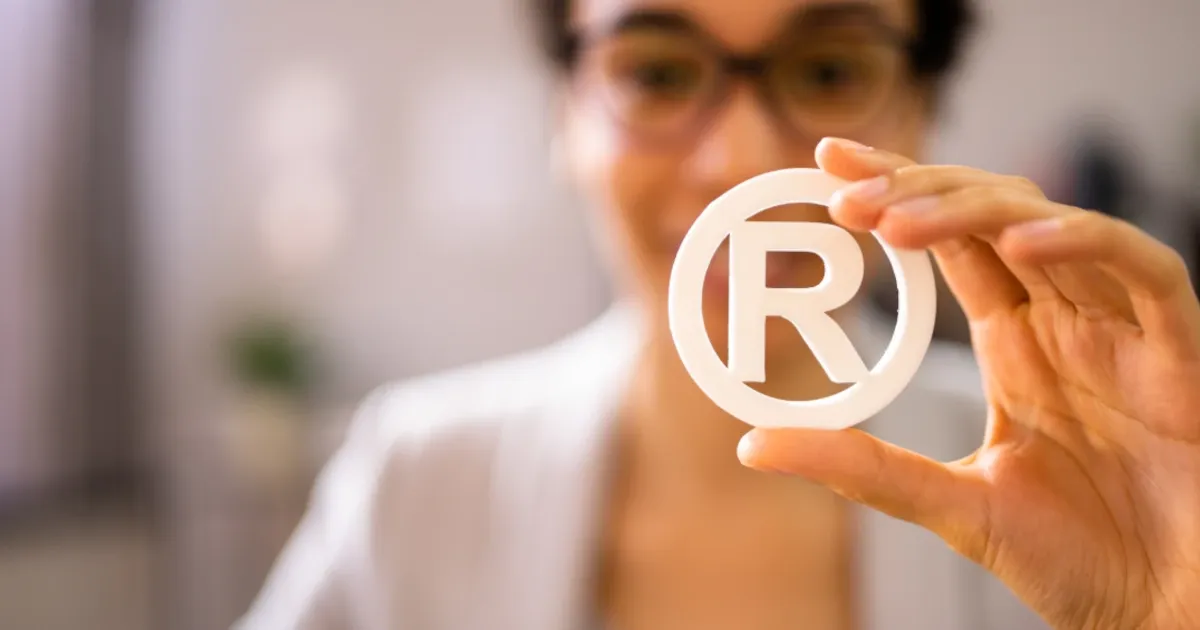
You have to do more than simply highlight a logo or phrase when you apply for a trademark. You also have to choose the trademark class that the protection will apply in. You have 45 options to choose from, so things can get confusing easily. If your confusion results in an incorrect classification, your application may be denied.
To prevent a denial, you need to know what trademark classes are and how they apply to your registration. You also need to understand what each trademark class entails so you can select the correct one for the application.
Explaining Trademark Classes
Trademark classes allow the United States Patent and Trademark Office (USPTO) to distinguish between different trademark uses. By assigning a class to a trademark, the USPTO ensures that nobody else can use that trademarked material within the defined class. Of course, this also means that people are free to register trademarks for similar designs or phrases in classes that your trademark doesn’t apply to.
This classification system allows companies with the same name to operate in different industries. Pandora is a good example, as there are companies in the jewelry and music industries that use this name. The same applies to brand logos and phrases, again assuming the trademarks in question fall under different classes.
Applying a trademark class also makes it easier to search the USPTO’s extensive trademark database. For example, you may be trying to trademark the name of a business that operates in the music industry. Instead of having to trawl through the entire USPTO database, you can filter down to the relevant class to discover if anybody else has trademarked the name in your chosen industry.
A trademark class is at its core a way to categorize the item you’ve trademarked. This makes it easier to determine if your trademark registration is valid, as well as helps others to locate your trademark in the USPTO database.
What Happens if You Choose the Wrong Trademark Class?
The most obvious consequence is that the USPTO will refuse your trademark application, which forces you to apply again with the correct classification. You’ll lose the money you paid for the attempted registration. Typically, this means several hundred dollars out of your pocket, in addition to the time taken to apply.
It’s also possible that you will choose the wrong class and have the trademark application accepted. This situation occurs if nobody has filed a similar trademark for the class you’ve accidentally registered for. Unfortunately, the USPTO does not allow you to directly change a trademark class once registration is completed. You must file a new application with the correct class, again costing you time and money.
Accidentally filing for the wrong class can also create problems if you don’t realize your mistake. If you use your logo or phrase in a different industry to the one you’re registered for, you open yourself up to legal action from the entity that has a correctly registered trademark.
Can You Register the Same Name and Logo as Another Company in a Different Class?
The answer to this question depends on how likely consumers are to confuse the two trademarks. In the Pandora case mentioned previously, both companies can use the same name because consumers aren’t likely to be confused. The trademarks in question are used in different industries, have different logos, and have additional, unique trademarks. They’re separate entities.
However, things get murkier if somebody uses multiple trademarks from a brand, even if they’re in a different industry. A good example of this comes from the case of Louis Vuitton against Louis Vuiton Dak. Louis Vuitton is a major fashion brand. In contrast, Louis Vuiton Dak is a fried chicken restaurant based in Korea.
In addition to a similar name, Louis Vuiton Dak’s logo and packaging were just like Louis Vuitton’s. This represented a conscious attempt to associate the restaurant with Louis Vuitton, creating grounds for legal action. Despite changing its name after losing an initial ruling, Louis Vuiton Dak paid a 14.5 million won (approximately $120,000) fine for its actions.
It’s best to seek the advice of a professional when dealing with issues like the above.
What Are the Trademark Classes?
There are 45 classes to choose from when you’re registering a trademark.
Class 1 — Chemical
This class applies to the chemicals used in several industries, including agriculture, science, and photography. It can also apply to specific chemical uses, such as adhesives and food preservatives.
Class 2 — Paint
Applies to a range of painting goods, including paints, lacquers, and varnishes. Suppose your identifiers apply to people who work in an industry that requires painting materials. In that case, your trademarks must include this class.
Class 3 — Cosmetics and Cleaning
A wide-ranging category that covers personal cosmetics, domestic cleaning, and commercial cleaning products. Any logos or phrases related to soaps, detergents, polishing, hair lotions, or similar products fit into this class.
Class 4 — Lubricant and Fuel
As the name implies, this trademark class covers fuel and lubricants. It also covers oils and greases used for industrial purposes and fuel products used for candles.
Class 5 — Pharmaceutical
Most goods that apply to the veterinary and pharmaceutical industries fall into this class. Similar products, such as dental wax, baby food, and pest or plant control products, also fit here.
Class 6 — Metal
All common metals and any alloys related to them fit here. This class also covers many common uses for metals, barring goods made using metal that belong in other classes.
Class 7 — Machinery
Engines, motors, and the various components used in each belong in this class. Machinery also covers things like mechanical agricultural tools.
Class 8 — Hand Tools
Cutlery, razors, and other hand-operated tools slot into this trademark class.
Class 9 — Computer and Software Products, Electrical, and Scientific
One of the broader classes as it takes in a large number of products that have scientific or computer-based uses. This includes, but is not limited to, cash registers, nautical equipment, signaling products, magnetic data carriers, CDs, mp3 files, and sunglasses.
Class 10 — Medical Instruments
If a healthcare product does not belong in the pharmaceutical class, it likely belongs here. This class covers the instruments that doctors and vets use in their work. It also covers things like artificial limbs.
Class 11 — Environmental Control Instruments
Any product that helps control heat, lighting, cooking, and cooling will usually fit here.
Class 12 — Vehicles
Any vehicles, and their apparatus, slot into this class. It applies to vehicles operated on land, water, and air.
Class 13 — Firearms
Beyond firearms, this class also includes explosives, ammo, and fireworks.
Class 14 — Jewelry
Precious metals and stones, including the products they’re turned into, can fit here. Instruments that use precious metals or stones, such as timepieces, may also need this classification.
Class 15 — Musical Instruments
Any musical instrument goes into this trademark class.
Class 16 — Paper and Printed Materials
Physical materials, such as cardboard, card, and paper, enter this class. It also includes stationery, printing materials, and a host of similar products that aid in the printing industry.
Class 17 — Rubber
Beyond basic rubber products, this class includes products made using gum, gutta-percha, and asbestos. Extruded plastic products may also fit this category.
Class 18 — Leather
Interestingly, this class includes almost all leather or leather-imitation products except for clothing. Hides, umbrellas, whips, and traveling bags fit here, among other items.
Class 19 — Non-Metallic Building Materials
If it’s used in building and doesn’t contain metal, it likely fits this trademark class. Examples include pitch, asphalt, and bitumen.
Class 20 — Furniture
Anything you may use to decorate a home, including the materials used to create the décor, likely fits this category.
Class 21 — Houseware and Glass
General houseware, including kitchen utensils, combs, and brushes, fits this class. Most glass products, except mirrors and the glass used for windows, go into this class.
Class 22 — Ropes, Cordage, and Fiber
Beyond the products in the class’s name, this also covers tents, sails, sacks, and other products that use ropes or cords.
Class 23 — Yarn and Thread
Any threads or yarns needed for textile use go here.
Class 24 — Fabrics and Textiles
Any completed textile products that don’t have another class applied to them can go here, i.e., tablecloths and bedding.
Class 25 — Clothing and Apparel
In addition to clothes, this class also includes headgear and footwear.
Class 26 — Lace, Embroidery, Ribbons, and Fancy
This class covers everything in the name and products made using these “fancy” materials. Artificial flowers are an excellent example of a product that fits this trademark class.
Class 27 — Floor Covering
Linoleum, rugs, carpets, and other material used as a floor covering will likely go here.
Class 28 — Toys and Sporting Goods
Any playthings and games go here, though this may not include items that require electrical components, such as video game consoles. This class also covers articles used for sports and gymnastics.
Class 29 — Meat and Processed Foods
This trademark class applies to meat directly along with many products derived from the animals used to make meat. For example, eggs and milk also apply to this class.
Class 30 — Staple Foods
If your product is a staple of the American diet, it will fit here. There are many examples, including bread, pasta, coffee, and sauces.
Class 31 — Natural Agricultural
This class covers seeds, livestock, vegetables, fruits, and many other natural products required for agriculture.
Class 32 — Light Beverage
All nonalcoholic drinks, including water, fit into this class. It also covers beers and any preparations used to make beverages.
Class 33 — Wines and Spirits
If it’s an alcoholic beverage that isn’t beer, it will go into this trademark class.
Class 34 — Smoker’s Products
Matches, lighters, tobacco, and other products that smokers use fit this class.
Class 35 — Advertising, Business, and Retail
Any services related to the above industries go here. Examples include office functions and services related to business administration.
Class 36 — Insurance and Financial
This trademark class belongs to anything to do with monetary, real estate, or insurance affairs.
Class 37 — Construction and Repair
Repair, installation, and construction services fit this class.
Class 38 — Communication
Services that allow people to communicate by any sensory means, such as vision or voice, go here.
Class 39 — Transportation and Storage
Beyond transport, this class covers travel arrangement services and logistical services for goods.
Class 40 — Material Treatment and Processing
This covers any services required to treat materials used for goods and products.
Class 41 — Education and Entertainment
Examples of services that fit this class include materials required for delivering education and most entertainment services.
Class 42 — Computer, Software, and Scientific Services
Any services required for scientific research go here, as do services related to creating computer software and hardware.
Class 43 — Restaurant and Hotel
In addition to services required to provide drinks and food, this trademark class covers most services related to temporary accommodations.
Class 44 — Medical, Beauty, and Agricultural Services
As the name implies, this class relates to any services required for the medical, beauty, and agricultural sectors. It also applies to forestry and horticulture services.
Class 45 — Personal, Legal, and Social
Any legal, personal, or social services used to help individuals fit into this class, as well as security services for individuals and property.
The Right Trademark Class Is Crucial
Selecting the wrong trademark class could lead to the dismissal of your registration. Worse yet, an incorrectly classified but accepted trademark could create the possibility of legal action being taken against you.
Ensure neither of these issues happens.
With Trademark Engine, you can get help with completing your trademark registration, submitting it, and ensuring it’s likely to get approved. Find out more about our trademark registration services today.
Trademark Engine is not a law firm and none of the information on this website constitutes or is intended to convey legal advice. General information about the law is not the same as advice about the application of the law in a particular factual or legal situation. Individual facts and circumstances as well as legal principles including but not limited to the ones referenced on this website can affect the outcome of any given situation.
Trademark Engine cannot and does not guarantee that an application will be approved by the USPTO, that a mark will be protected from infringement under common US trademark law, or that any ensuing litigation or dispute will lead to a favorable outcome. If you want or have an interest in obtaining legal advice with respect to a specific situation or set of circumstances, you should consult with the lawyer of your choice.
Trademarket Blog
Everything you need to know about starting your business.
Each and every one of our customers is assigned a personal Business Specialist. You have their direct phone number and email. Have questions? Just call your personal Business Specialist. No need to wait in a pool of phone calls.



